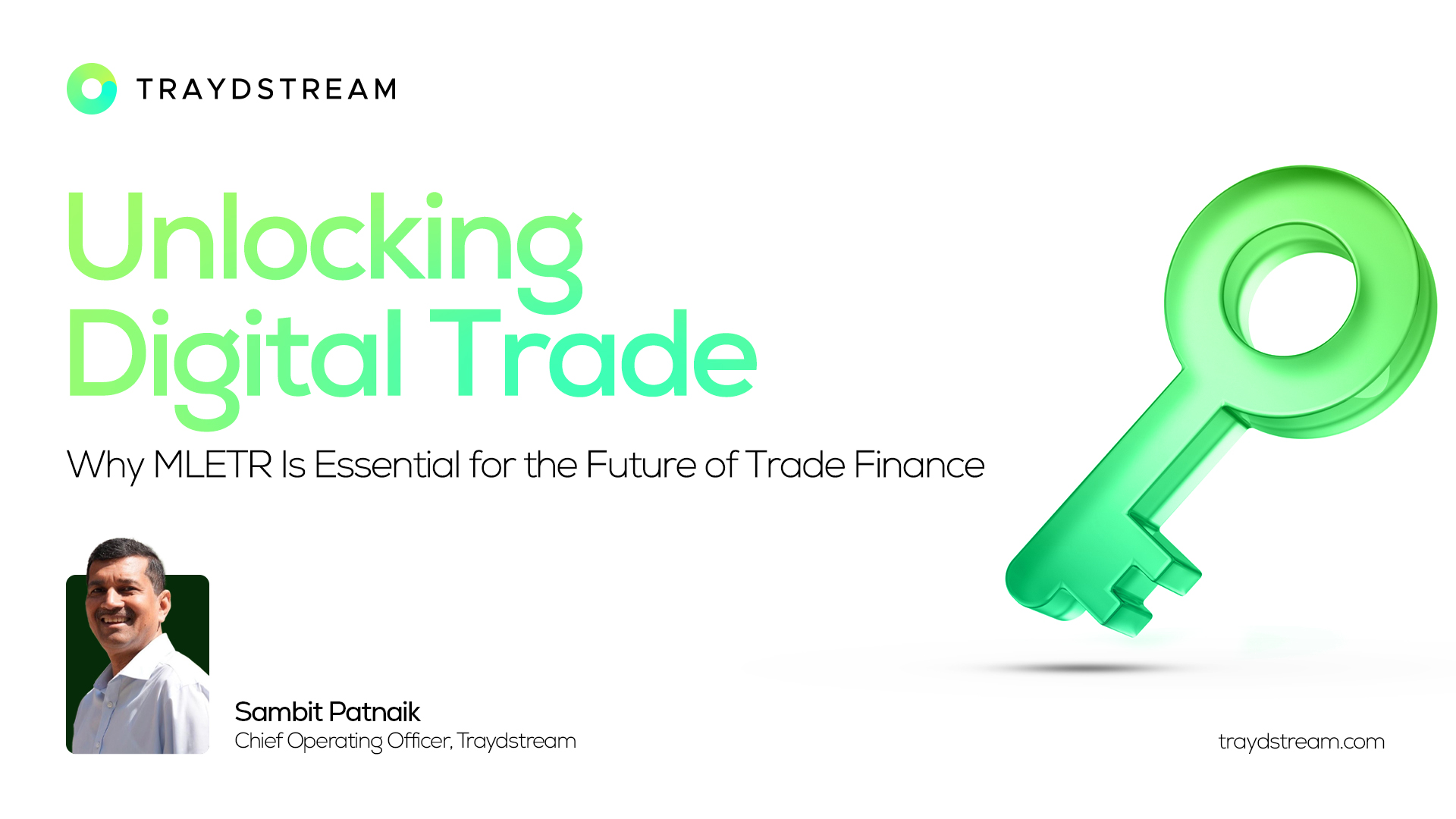
The evolution of trade finance has reached a critical inflection point. Despite the continued digitisation of banking and financial services, international trade transactions remain stubbornly paper-based and fragmented. At the core of this inertia lies a lack of legal infrastructure to support the use of electronic trade documents—until now. The Model Law on Electronic Transferable Records (MLETR), developed by UNCITRAL, is set to transform the way we transact across borders by providing legal equivalence between electronic and paper-based documents. For operational leaders and technology strategists in trade finance, understanding and embracing this legal framework is essential.
Understanding MLETR: A Foundation for Legal Certainty
MLETR provides a model legal framework that allows for the use of electronic versions of transferable documents—such as bills of lading, promissory notes, and warehouse receipts—under the same legal principles as their paper counterparts. Critically, it ensures that electronic records can satisfy the “possession” requirement, which is central to the function of many trade documents.
The law is technology-neutral and principle-based. It requires that electronic records:
Be functionally equivalent to paper documents;
Ensure a reliable method of identifying and securing exclusive control over the document;
Allow transfer of that control from one party to another.
This allows jurisdictions to adopt it flexibly, enabling the development of interoperable digital ecosystems.
The Operational Case for Adoption
Trade finance operations are heavily reliant on the timely and accurate processing of high volumes of structured and unstructured documents. Legal recognition of electronic transferable records unlocks real efficiency in several areas:
Transaction speed: Paper-based transactions often take 5–10 days to complete. With digital equivalents, end-to-end processes can be completed in hours.
Risk reduction: Standardised digital documentation significantly reduces the risk of fraud and operational errors. Documents are tamper-evident, and duplications are eliminated by design.
Cost savings: According to the International Chamber of Commerce (ICC), trade digitisation enabled by MLETR could save the industry up to $6 billion annually in processing and compliance costs.
Interoperability: MLETR-compliant platforms can interoperate globally across legal systems, reducing the complexity of cross-border trade.
From an operational leadership perspective, the adoption of MLETR-compliant systems enables scalable, auditable, and compliant trade flows that support both regulatory and business objectives.
Global Progress and Gaps
As of early 2025, countries including the United Kingdom, Singapore, France, and Bahrain have implemented legal reforms aligned with MLETR. Others, including Germany, Japan, and China, are actively consulting on their legislative alignment. Despite this progress, adoption remains uneven.
This fragmentation creates a patchwork of legal environments, undermining the value of otherwise interoperable digital trade systems. Cross-border flows are only as strong as their weakest legal link. For technology and compliance leaders, this means developing operational models that are jurisdiction-aware and can fall back to hybrid models when needed.
The Technology-Legal Interface
For technologists, the relevance of MLETR lies in its design flexibility. It does not mandate any particular infrastructure—whether blockchain-based, centralised database, or tokenised systems. What it does require is the reliable establishment of control and transferability, which can be proven through cryptographic hashes, audit trails, and secure identity management.
In practice, trade finance systems must:
Uniquely identify electronic documents with hash functions or digital fingerprints; Manage access control with robust digital identity frameworks;
Enable event-based auditing for all document actions;
Ensure tamper-proof storage and version control.
The Role of the Trade Finance Community
Widespread adoption of MLETR will depend not only on legislative alignment but also on the coordinated effort of banks, fintech platforms, corporates, and regulators to agree on standards for document formats, data models, and authentication methods. This includes alignment with ongoing initiatives like:
The Digital Standards Initiative (DSI) by the ICC;
SWIFT’s ISO 20022 messaging formats;
The United Nations Centre for Trade Facilitation and Electronic Business (UN/CEFACT) semantic models.
A COO’s Perspective: Building for Resilience and Scale
From an operational leadership standpoint, MLETR is more than a legal upgrade—it’s a strategic enabler.
“The adoption of MLETR isn’t just about eliminating paper—it’s about engineering a trade finance infrastructure that is scalable, auditable, and resilient by design. It’s the missing layer that bridges legal enforceability with digital capability,” says Sambit Patnaik, Chief Operating Officer of Traydstream.
For financial institutions, the message is clear: systems and workflows must now be re-architected to align with a legally valid digital-first trade model. For technology teams, this means building flexible systems that can adapt to hybrid environments while being MLETR-ready. And for regulators, accelerating legislative alignment will be essential to removing systemic bottlenecks in global trade.
Conclusion
The path forward for trade finance lies in harmonising technology with law. MLETR provides the critical legal framework to enable this harmonisation. The sooner the industry aligns around it, the sooner we unlock the full benefits of digital trade—greater speed, lower costs, reduced fraud, and operational resilience.

